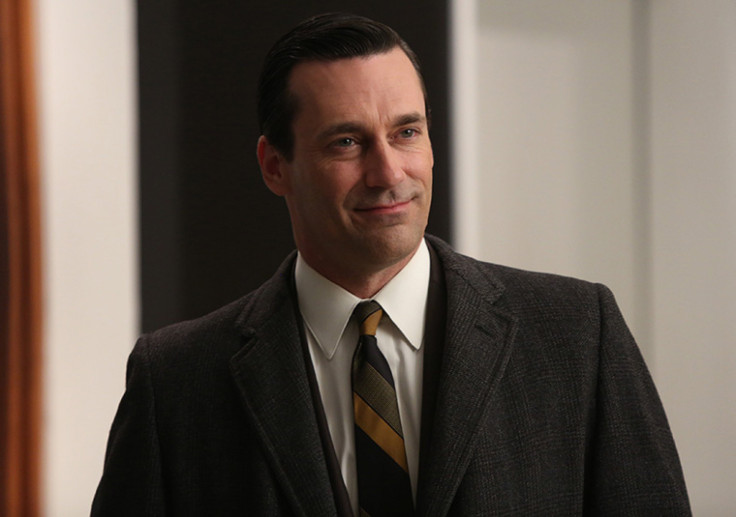‘Mad Men’ Season 6 Finale: Is Don Draper’s Hershey’s Bar Meltdown A Branding Boon Or Kiss Of Death?

Since its debut in 2007, AMC’s “Mad Men” has provided real-life brands with some of the best product-placement opportunities in the history of television.
The glamorous show about advertising executives in 1960s New York City pulls off that rare accomplishment of seamlessly incorporating brands into its storyline without sacrificing the integrity of its narrative -- because its narrative revolves around brands. This season alone we’ve seen stories involving Chevy, Sunkist, Ocean Spray, Heinz Tomato Ketchup, Dow Chemical and others.
Despite this match-made-in-TV-heaven arrangement, it’s unclear which brands are -- and aren’t -- paying for their face time on the show. Some brands like Heineken, Chase Sapphire and Hilton have reportedly struck deals with AMC, according to CNN Money. Others like Cadillac and Kodak have not. Back in early 2011, creator Matthew Weiner told Deadline.com that only three advertisers had paid to be part of the storyline up until that point. At the same time, AMC reportedly insisted on more product placement as a contingency for renewing the show at the end of season one.
On Sunday, the Hershey Company (NYSE:HSY) became the latest brand to join “Mad Men” lore. During the riveting season-six finale, entitled “In Search Of,” the iconic Hershey’s chocolate bar served as a the focal point of a key scene in which Don Draper finally comes clean about growing up in a whorehouse. It’s a rare moment of candor for a repressed character who’s been subtly cracking at the seams all season, and Hershey’s role as the catalyst for his confession was no accident. Weiner told the Los Angeles Times on Monday that the “Hershey pitch is where we were working toward the entire season.”
The question is: Did Hershey Co. pay for the privilege of becoming the subject of Don’s whorehouse anecdote? Jeff Beckman, Hershey’s director of corporate communications, did not respond to a request for comment. And yet conventional wisdom dictates that inclusion in Don’s meltdown can only resuscitate the image of a company that’s been struggling with a recent spate of negative PR.
Just last week, as ABC News reported, Hershey Canada pleaded guilty to a massive price-fixing scheme and was fined $3.8 million as a result. Perhaps even more damaging was a report by Food Democracy Now that Hersey Co. donated $519,000 to defeat California’s failed Prop 37, which would have required the labeling of genetically engineered food. The move put Hershey on the same side as Monsanto, now the world’s most infamous the biotech giant, which spent millions on efforts to dump the measure.
“Due to your support of Monsanto’s attack on Americans by paying legislators to accept GMO’s without labeling, my family will no longer be buying your products,” one user posted recently on Hershey’s Facebook page.
Bad press aside, the Hershey bar’s “Mad Men” cameo has garnered mostly positive reactions from critics and viewers, with some Twitter users posting that it put them in the mood to indulge in the sweet treat. Meanwhile, the folks at Previously.tv had some fun with the storyline, claiming to have located the ad created from Don’s whorehouse anecdote.
Either way you look at it, there is one aspect of Hershey history that “Mad Men” got right: In the 1960s, the company really didn’t do any national advertising, according to the Patriot-News, in Hershey’s home state of Pennsylvania. In fact, for the first 70 years of Hershey’s existence, the brand was so beloved that it didn’t need to advertise. How times and tastes change.
Got a news tip? Send me an email. Follow me on Twitter: @christopherzara
© Copyright IBTimes 2024. All rights reserved.






















